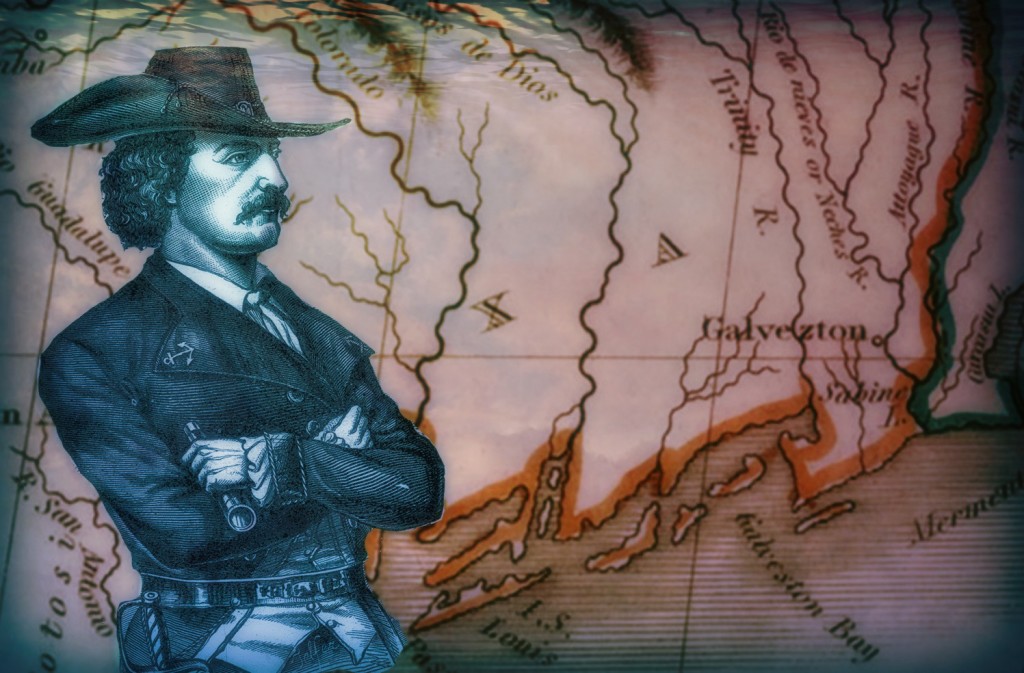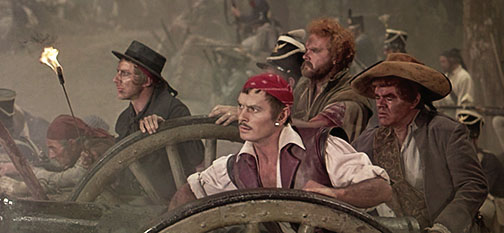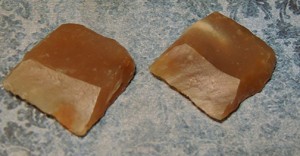Bicentennial of Jean Laffite’s Takeover of Galveston Is April 8
April 7, 2017 in American History, Caribbean History, general history, History, Louisiana History, Nautical History, Texas History
Privateer Jean Laffite, a hero of the Battle of New Orleans, took control of the Island of Galveston in a bloodless coup two hundred years ago this April 8, taking the small pirate base which had been used by Louis-Michel Aury as a point from which to prey against Spanish shipping. Although he had ostensibly taken the island on behalf of Spanish interests, Laffite actually would use it as a camp from which to nettle Spanish shipping for both himself and his brother, Pierre Laffite, plus some of the same corsairs who had been with them some years previously at Barataria in Louisiana.
Aury had first arrived at Galveston in July 1816 and set up a small settlement of crude huts up on the rise of a sandy beach on the higher eastern end of the island. Galveston was a rawboned kind of place at the time, mostly marshland crawling with so many rattlesnakes washed there from the mainland that the island had earned the nickname “Isle of Serpents.”
On a secret mission for the Spanish, Jean Laffite had arrived at Galveston on March 23, 1817, to find six ships in the harbor: Aury’s corsair, Belona, the frigate Cleopatra (commanded by General Francisco Xavier Mina), two captured Spanish brigs, a schooner named General Victoria which had been captured by a corsair armed in New Orleans and commanded by John Davis, and another schooner in the anchorage which had been captured by the General Arismendi, captained by Renato Beluche, Laffite’s old friend from the Grande Terre days. Another former Baratarian associate also was among the captains atGalveston: Johnny Barbe en Feu, who commanded Aury’s armed sloop Congreso Mexicano.
In a diary Jean made as part of his Spanish spying record, he wrote that he spent two weeks at Galveston discussing matters with both Aury and with Aury’s fractious associate, General Mina, who wanted to invade Mexico and the control of it from Spain. The Spanish had sought the help of the Laffite brothers due to the problem of constant depredations by Aury-led corsairs in the Gulf of Mexico on Spanish merchant ships, and Padre Antonio de Sedella had recommended to Don Diego Morphy, Spanish vice consul at New Orleans, that the Laffites were the best men to fix the problem in lieu of a Spanish fleet of war vessels which the King of Spain did not send.
Aury and General Mina each wanted control of the Mexico invasion, but agreed to go together in separate ships with their men to accomplish their goal. They sailed from Galveston on April 7, 1817, but not before burning the huts onshore. Jean Laffite and about 40 men were left with a few ships.
According to Laffite’s diary, “Seeing the port was abandoned by Aury, and in order to better execute the project that John Williams [code name for Arsene Latour, Jean’s friend] and he had planned with No. 13 [Pierre Laffite’s code designation], they named officers and established the administration under their direction. No. 13-2 [Jean Laffite’s code name] has agreed to provide them with men and supplies and to send the supplies immediately from New Orleans in case something should prevent his bringing them himself.”
For the next week, Jean Laffite set up residence on Galveston, which he named Campeche. The men there rebuilt the burned huts, then met April 15, 1817, on the schooner Carmelita, which belonged to Barthelemy Lafon. There all but Jean Laffite signed a document of fealty called the Registry of Deliberations, pledging an oath of allegiance to the Republic of Mexico.
Aury returned to Galveston on May 4 to find to his surprise he had been overthrown as leader in his absence. Although he intended to still be recognized as governor and treasurer general of the settlement, his complaints fell on deaf ears so he sulked about it for a bit, then left for greener pastures, winding up at a new base at Amelia Island off the eastern coast of Florida. The men had remained resolute against Aury, even in Jean Laffite’s absence, as Jean had left April 18 for New Orleans to report to the new Spanish consul.
Pierre Laffite sailed to Galveston and managed the operation there for a few months, but the climate and conditions did not agree with his sickly disposition. Pierre returned to New Orleans, with Jean again assuming control of Galveston, where he would mostly stay. The Laffite Galveston privateering base would go through encroachments by French settlers with the Lallemand Expedition, a massive hurricane in September of 1818 that nearly wiped out the base, and finally, threats of naval action against Laffite and his men by the United States, even though Galveston was outside US territory on land claimed by Spain.
The worst thing of all occurred in late 1819, after Jean had built the settlement back up from the hurricane devastation: the crew of one of his ships, the Le Brave, was found guilty of piracy. A ship’s article paper onboard bore Laffite’s signature. It was the only time his name was ever evidentially connected with a piratical action. The Le Brave captain and some members of the crew were found guilty of piracy and hanged in New Orleans in 1820, shortly after Jean Laffite abandoned Galveston, setting fire to the place, including his Maison Rouge home. All that was left were ashes.
After a temporary incarceration in Cuba, Jean Laffite proceeded on to Carthagena, Colombia, where he became captain of the General Santander privateer ship for Bolivar, harassing ships in the Caribbean until reportedly dying as a result of injuries suffered in a sea battle with two Spanish ships in 1823. Pierre Laffite left New Orleans for the Isla Mujeres area, where he was reported to have been killed in a land battle.
If the Laffites could see their wild and wooly Galveston today, 200 years later, they would not recognize it, with a seawall protecting the Gulf side, a strip of tourist spots and swank hotels all along the beach zone, monster cruise ships at the bayside dock, ornate Victorian mansions in the interior and the Strand’s downtown business district. They’d find a Walmart offering low- dollar goods akin to items they once sold from captured ships, but for prices in the neighborhood of a sailor’s pay for a couple of month’s work in 1817. Would they be surprised to find that there is an historical social group honoring their memory, the Laffite Society, on the island? Perhaps. In the end, they would still recognize two things at Galveston: the waves of the eternal sea, and the glorious sunsets over the Gulf Coast. Some things never change.




Recent Comments